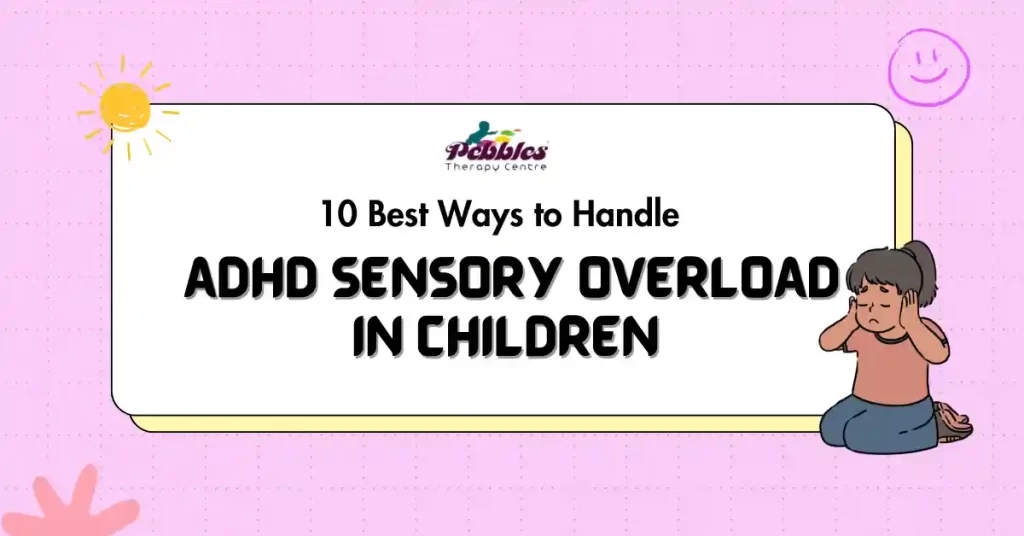10 Best Ways to Handle ADHD Sensory Overload in Children
Whatever sensory input an ADHD child experiences usually drags them into an overwhelming experience, beyond the usual distractions. From loud noises to very bright lights, from the viewpoint of a normal person, these stimuli can evoke discomfort and behavioral responses. This ADHD sensory overload is making life tough for so many children across the nation.
For parents, caregivers, and teachers to grasp this conundrum with possible remedial actions, we shall be looking at what ADHD and sensory overload mean and 10 evidence-based strategies to help children regulate their reactions so they can thrive in both home and school settings.
What Is Sensory Overload in ADHD?
When a child gets more sensory information than his brain can assimilate, that is ADHD sensory overload. Those with attention deficit hyperactivity disorder (ADHD) are unable to filter unnecessary stimuli, which then causes them to undergo emotional changes and behave differently from warding off an inconvenienced behavior. Although all children experience sensory input, in both content and intention, children with ADHD seem to be more difficult to handle stimuli that coincide with each other-such as bright lights, tactile textures, or background noise.
Is sensory overload a symptom of ADHD? Yes, it’s increasingly becoming recognized as a major symptom, often associated with sensory processing disorders. In such cases, the sensory stimuli are just not being filtered or organized well enough, so the child experiences an overdose. These episodes can be very much like meltdowns and similar to sensory overload scenarios. Recognizing what is ADHD sensory overload is the first step to providing appropriate support and interventions tailored to your child’s needs.
Causes and Triggers of Sensory Overload
Children with ADHD experience sensory overload when their brains become overwhelmed by internal and external stimuli that exceed their capacity to remain calm and respond appropriately. The identification of common triggers requires knowledge to develop preventive measures.
Common causes and triggers include:
- Loud noises like alarms, crowded areas, or even overlapping conversations
- Bright lights such as fluorescent lighting or sunlight reflections
- Tactile sensitivity, including scratchy clothing or sticky textures
- Strong smells from food, perfumes, or cleaning products
- Unexpected touch or physical proximity in crowded places
- Changes in routine or transitions between tasks
- Being overloaded by screens or fast-moving programs
- Dietary triggers such as sugar, caffeine or food dyes
Either of these things or their combination may cause children with ADHD to become overstimulated or lose interest. Watching your child’s surroundings and reactions helps you spot things that bother them and make changes to help them with ADHD child overstimulation.
The Importance of Managing Sensory Overload
Proper management of ADHD sensory overload symptoms goes a long way in improving a child’s mental, emotional and physical health. Sensory Overload Can lead to Behavioral Problems, Social Withdrawal, Academic Struggles and Sleep Disturbances If not managed, it does.
However, If the ones living in their midst are extremes of environment (overstimulation) Children with ADHD may have difficulty relating and may not be understood by peers & consequently adults. Battle to manage constant obstacles can actually take away a sense of self and their social skills developing. . As a result, a well-developed strategy for managing ADHD and sensory overload helps children learn and control their emotions successfully.
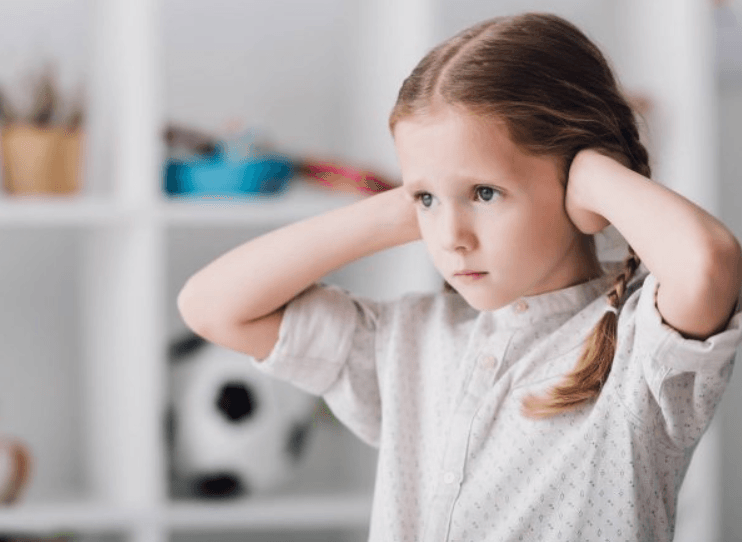
Studies have found that structured support such as occupational therapy and adjustments to the environment, may ease sensory processing problems in children with ADHD. This, in turn, helps children reduce stress and function better at home as well as school. Giving these children suitable help is critical because it helps them grow and succeed in life.
10 Effective Strategies to Manage ADHD Sensory Overload in Children
ADHD sensory overload in a child cannot be sidelined as simply turning down the volume or removing things away from them to support. It is from all aspects of sensory and also emotional care and behavioral mitigations. This 10 simple strategies for students with ADHD is designed to minimize the anxiety and strengthen a child in facing frightening situations. Each strategy is based on clinical evidence and designed to be parent- and teacher-friendly. Whether your child experiences ADHD sound overstimulation or touch sensitivity ADHD, these approaches help create a safer and more predictable environment.
1. Create a Sensory-Friendly Environment

Minimize visual and auditory clutter in your child’s surroundings. Apply calming colours, low lighting and use sound absorbing materials to decrease ADHD sensory overload noise. Add in some sensory diet with weighted blankets or fidget tools. These tweaks reduce sheer sensory input, and that’s a big-noiseless calm zone important especially for kids sensitive to tactile sensitivity or loud noises.
2. Establish Predictable Routines

Routines reduce anxiety by giving children a sense of control. Create visual schedules for daily activities to prevent ADHD child overstimulation. Predictability helps kids prepare for transitions, limiting the surprise element that often causes meltdowns and sensory overload. This is especially useful in school environments where change can be constant and disorienting.
3. Incorporate Movement Breaks

Frequent movement can regulate energy levels and reduce adhd overstimulation. Integrate stretching, bouncing on a yoga ball, or short walks throughout the day. These breaks help reset focus and process excess sensory experiences, especially for those dealing with ADHD symptoms in toddler boys or hyperactivity in older children.
4. Utilize Sensory Tools and Toys
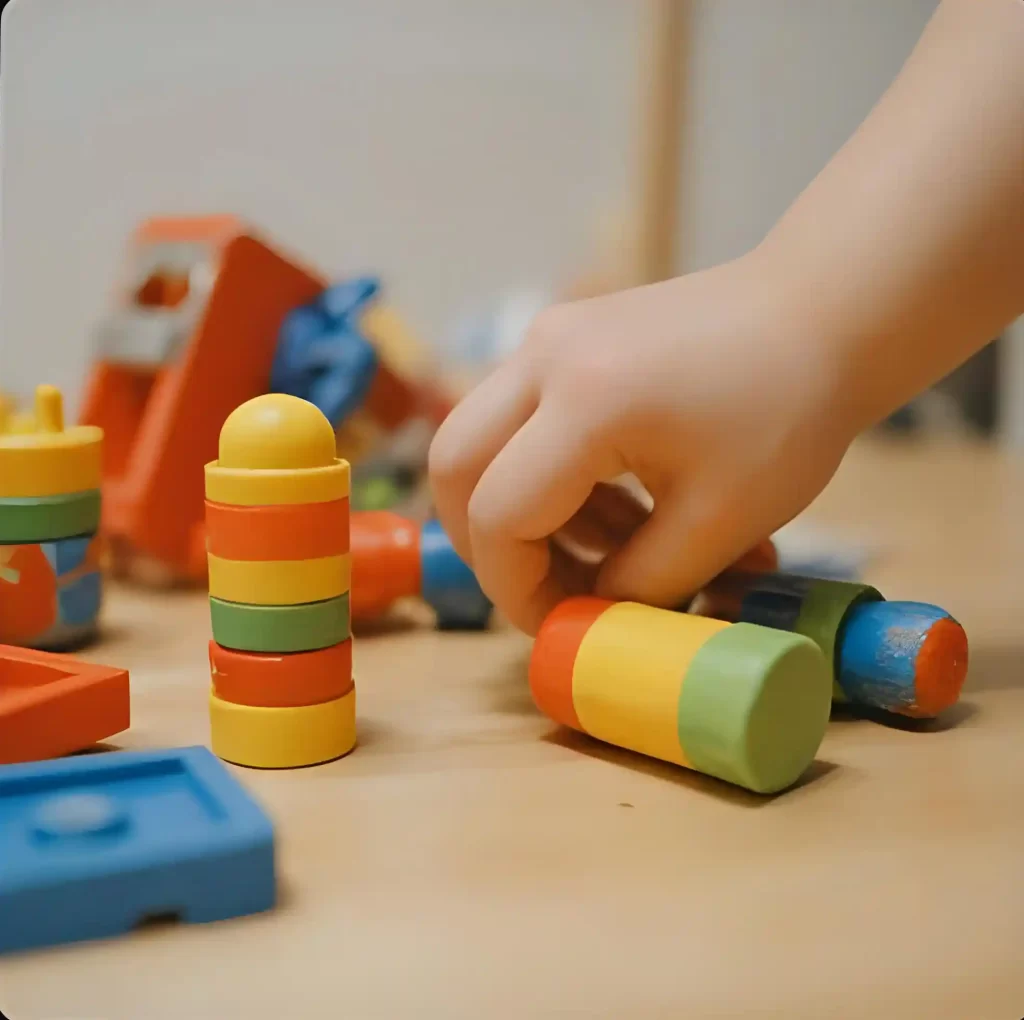
Fidget spinners, chewable jewelry, and noise-canceling headphones can be powerful tools. These support children during ADHD sensory touch episodes or sound overstimulation. Choose tools based on your child’s preferences and responses. These items also promote self-regulation and provide comfort during heightened sensory input.
5. Implement Mindfulness and Relaxation Techniques
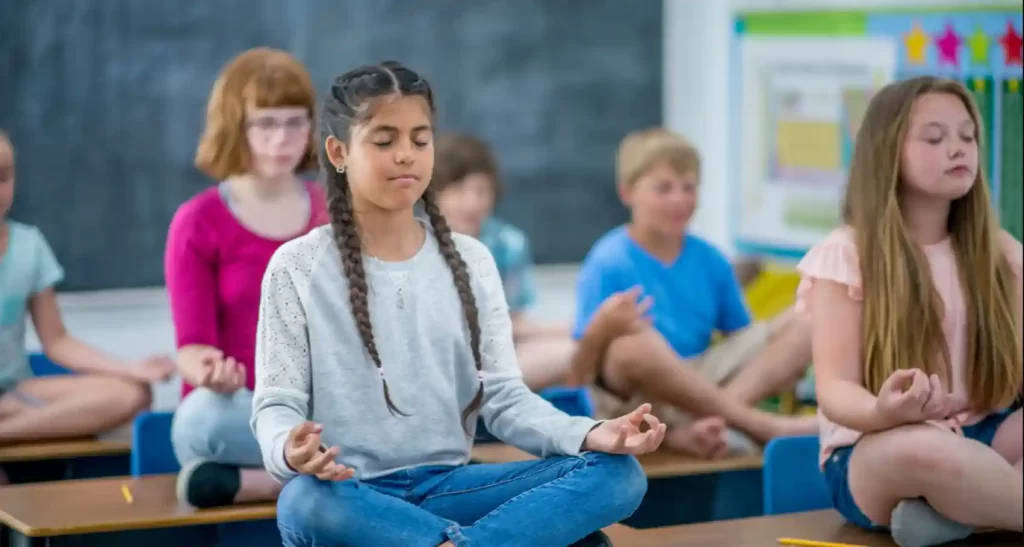
ADHD sensory overload relief using deep breathing, guided meditation or listening to soothing music. Young children learn these strategies earlier, so teaching them encourages emotional regulation and resiliency. Child-focused mindfulness apps (over on the right) to practice at home or in the classroom.
6. Offer a Safe "Cool-Down" Space
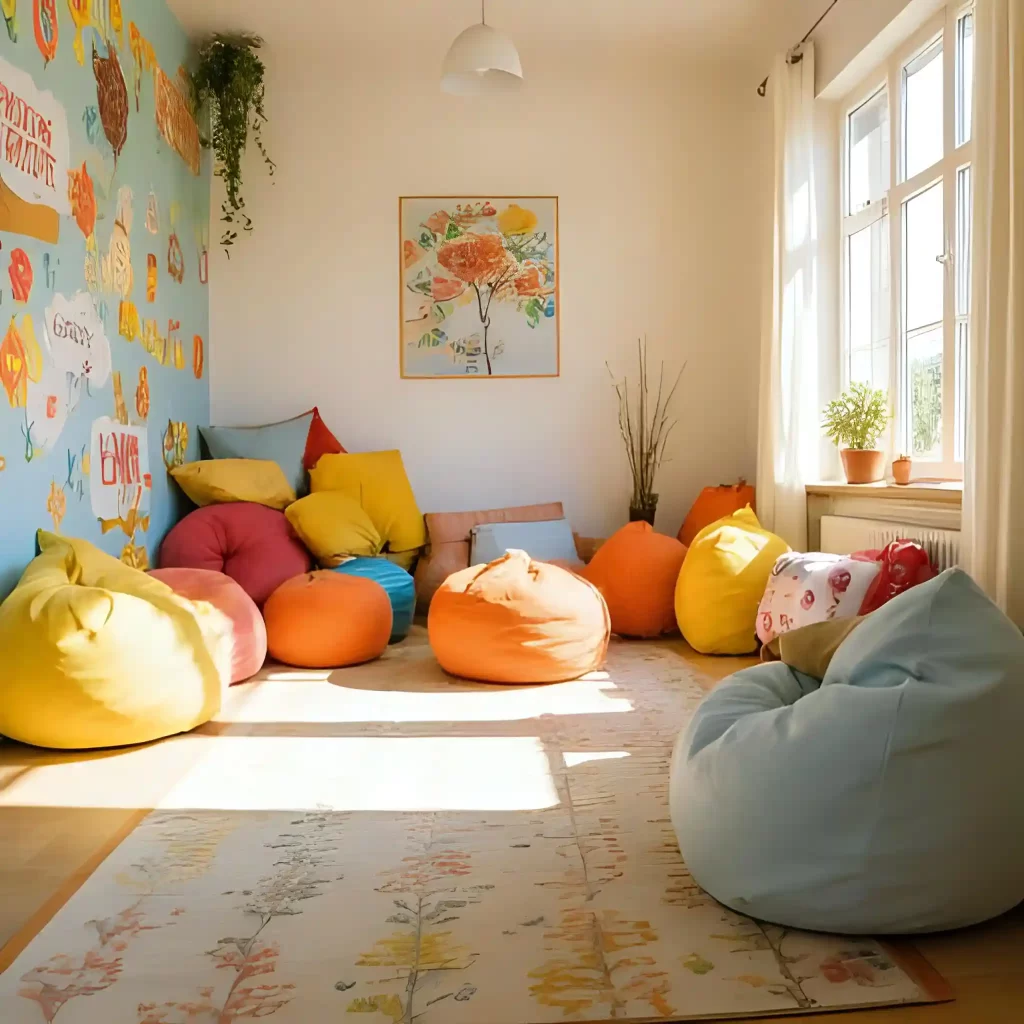
Locate a safe, calming area of the home or school where the child can go to when over stimulated. Incorporate the soft textured, low lighting and attenuate noise. This space acts as a recovery zone, promoting a sense of safety when sensory overload ADHD examples occur.
7. Monitor and Adjust Dietary Habits

Certain foods can influence sensory reactivity. Track your child’s diet to identify potential triggers like sugar or artificial additives. A healthy diet can improve mood and lessen the ADHD sensory overload symptoms. Consult a pediatrician or nutritionist for tailored recommendations.
8. Collaborate with Educators and Caregivers

Maintain open communication with teachers and therapists. Share your child’s ADHD and sensory challenges to develop consistent strategies. Collaboration ensures unified support and enhances your child’s success across environments — home, school, and therapy.
9. Seek Professional Support

Engage with occupational therapists and behavioral specialists. ADHD sensory overload treatment plans often include occupational therapy, behavioral therapy, and sometimes ADHD sensory overload medication. Early professional support can significantly improve coping mechanisms.
10. Educate and Empower the Child
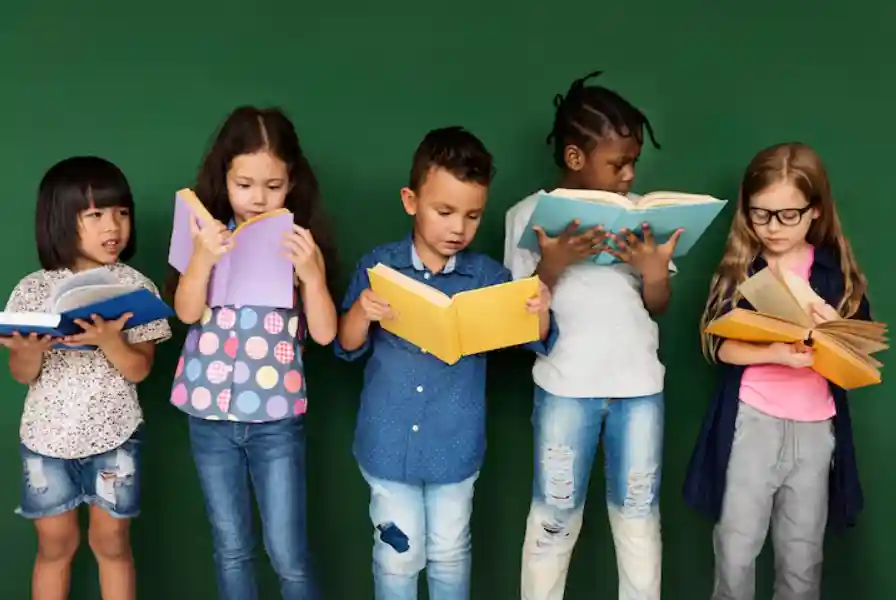
Help your child understand their sensory needs and empower them to advocate for breaks or tools. This fosters independence and reduces shame associated with their experiences. Teaching them about can ADHD have sensory overload validates their feelings and encourages self-awareness.
Every child is unique, and so is their response to sensory input. By understanding triggers and using personalized strategies, you can dramatically reduce ADHD sensory overload kids face. These tools don’t just manage symptoms—they empower your child to engage with the world more confidently and comfortably.
Occupational Therapy for ADHD and Sensory Overload
Occupational therapy is one of the best ways to control ADHD and sensory overload tuning in. Based on struggles and difficulties that a child has with sensory integration, therapists create tailored plans for learning to cope. Usually these plans consist of tactile exercises, coordination games, and sensory diets.

Therapists teach Sensory Overload ADHD children to identify the signs of an ADHD sensory overload touch and give them tools that regulate emotional, and behavioral responses although they’re all systems. For example, the bottoms up method can be utilized to soothe a hyperaroused nervous system through the use of weighted vests or proprioceptive exercises.
Can you get sensory overload with ADHD? Absolutely. Occupational therapy borrows from this overlap and addresses both sensory and behavioral manifestations. Especially useful for the hyperactive child that is presenting with ADHD symptoms in toddler boys or more primary school age.
Sensory overload medication or ADHD sensory overload medication, for some children, a combination of therapy and sensory overload medication may be prescribed. It can, and mainly when used with behavior support as a parent often ask existence… Does ADHD medication help with sensory overload? sure, especially when coupled with behavioral support The holistic approach is what leads to success in every event.
Recommended Sensory Activities for Kids with ADHD
Sensory play helps children process stimuli more effectively and strengthens their ability to manage ADHD sensory overload symptoms. Here are some sensory overload ADHD examples that are both fun and therapeutic:
- Tactile bins filled with rice, beans, or sand to improve touch sensitivity ADHD
- Balance boards and trampolines to provide proprioceptive input
- Finger painting or clay molding to enhance focus and creativity
- Listening walks where children notice and name sounds around them
- Weighted lap pads during reading or homework to promote calm

These activities form part of a customized sensory diet, tailored to each child’s needs. They’re also excellent for reducing ADHD sound overstimulation and helping kids remain engaged in structured environments. When used consistently, sensory activities can support paying attention, emotional regulation, and task persistence — all challenges common in managing ADHD in children.
Parents and teachers should observe reactions closely. Some children may respond better to visual stimuli, while others find comfort in deep pressure or repetitive motion. Modify activities as needed to fit your child’s sensory profile and avoid unnecessary distress.
How Parents and Educators Can Support a Child During Sensory Overload
The role of adults in a child’s environment is critical during ADHD sensory overload episodes. The first step is recognizing the early signs — fidgeting, covering ears, or sudden mood changes. These may signal that a sensory experience is becoming too intense.
Here’s how to provide immediate and long-term support:
- Stay calm and speak in a soft voice
- Redirect the child to a calming activity or space
- Reduce noise, lighting, and distractions
- Offer deep pressure (like a hug or weighted blanket) if the child is receptive
- Allow the child time to decompress without pressure to explain or perform
For educators, simple strategies for students with ADHD include allowing noise-canceling headphones, extended time for tasks, and access to sensory tools. Collaborating with the parents gets everyone aligned and provides a unified parent plan.
Empathy Patience Prep Necessary This results in decreasing ADHD overstimulation over time with these supports, and cultivates trust and emotional exposure. This leads to increased learning, better child behavior and increased harmony between children and care givers.
Though ADHD sensory overload is difficult, children can learn to flourish with some education and an understanding of the right tools. Crucial role for the parents (where you are) and educators in recognizing triggers, strategies to mitigate distress; promoting adaptative functioning. From occupational therapy [OT] to every thing ons daily habbits each step counts. We help children build the resilience and independence by supporting their sensory needs as well as their behaviour. Ultimately, managing ADHD in children is not about being perfect but progress and connection.
FAQs
If your child regularly struggles with ADHD overstimulation, meltdowns, or avoids common sensory experiences, consult an occupational therapist.
Occupational therapy helps children understand and regulate sensory input using personalized exercises, tools, and environmental adjustments.
No. Sensory overload is the cause, while a meltdown is often the behavioral response to that overload.

